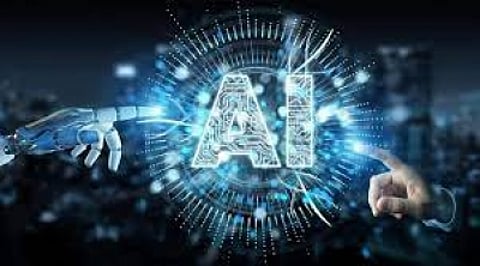

The conventional 'learn-to-code' path no longer guarantees a successful tech career, which is an uncomfortable reality that many recruiters and industry leaders acknowledge.
The biggest IT companies in India have reduced their hiring rates, moving away from large fresher intakes and toward smaller groups of experts who can use AI tools instead of writing every line by hand.
This does not imply that coding is no longer significant; rather, it shows that the baseline has evolved.
In an AI-dominated workplace, it is more important to frame meaningful problems, develop human-centered solutions, and use AI tools responsibly than it is to write accurate code.
Although it has altered the criteria for what skills are valued, artificial intelligence has not entirely replaced jobs.
The End of ‘Fail-Safe’ Degrees
A B.Tech degree, especially in computer science, felt safe for a long time. That confidence is crumbling. Although employability scores may appear high on paper, hiring on campuses has decreased.
There are fewer entry-level coding jobs available, especially those that AI can now automate or expedite.
These days, hiring is modest, sometimes even negative, indicating a shift from scale-based recruitment to skill-based selection. In the past, top IT companies would hire tens of thousands of new employees every quarter.
Much of the routine programming that used to launch careers is now handled by AI.
A skilled developer can accomplish the work of many others with the aid of coding assistants like ChatGPT and GitHub Copilot.
This challenges the traditional mass-hiring model and shows that knowing how to code is no longer a sufficient differentiator.
The capacity gap has also been noted by policymakers. Expanding "AI-plus-X" programs, strengthening ties between academia and industry, and deepening AI education and research are all becoming more and more urgent.
Even now, a lot of highly skilled AI graduates move overseas in search of better prospects.
What India Needs Now
More than just programmers are needed for India's next big step; technologists who can envision, design, and humanize technology are needed.
While logic can be automated by machines, creativity, empathy, and moral judgment cannot be replaced. Future professionals will need to combine creativity and computation, not just by writing better syntax but also by asking better questions.
This change is essentially a mental change. Creators reinterpret instructions; programmers follow them.
Creators determine which problems are important, while programmers solve predetermined problems.
Education should incorporate human sense, aesthetic judgment, and ethical awareness into technical learning by going beyond teaching tool use to teaching tool creation.
Once written off as a "soft" skill, creativity is now a hard advantage.
Learning for the AI Age
Three interrelated skills must be the foundation of education in the future:
1. Contextual and critical thinking: Students need to comprehend users, systems, and their effects. They must see gaps, envision possibilities, and match innovation to actual human needs.
2. Proficiency with AI and emerging technologies: Students should use AI as a creative engine, including generative design, natural-language interfaces, data visualization, and intelligent systems, instead of just writing code.
3. Ethical and responsible decision-making: All technologies are social acts as well. Students who take ethics, sustainability, and policy courses are better able to assess the environmental, privacy, and fairness implications of the things they create.
When combined, they create a creator mindset that cares about impact and not only codes but also asks why.
Careers That Didn’t Exist Yesterday
This intersection of design, computation and ethics opens doors to roles that barely existed a few years ago:
AI Product Designer: shaping how intelligent systems behave.
UX Engineer: Bridging design and front-end development to create seamless digital experiences.
Generative AI Developer: fine-tuning and applying large models for creative and industrial applications.
Data Experience Designer: turning raw information into intuitive visual stories.
Creative Technologist: working in gaming, AR/VR, interactive media.
Ethical AI Auditor/Tech Policy Analyst: assessing algorithmic fairness and social impact.
Entrepreneurial Creator: founding startups that apply design-thinking to technology challenges in health, education, finance, and sustainability.
These represent a changing worldview and are more than just job titles. Employers are increasingly looking for people who can think computationally and visually, navigate multiple disciplines, and design intelligent yet compassionate systems.
Why Creativity is the New Code
Creativity is the evolution of logic, not its antithesis. Human creativity becomes the key differentiator when algorithms are already able to handle the predictable.
A professional's worth will now be determined by their ability to combine rather than by how much they can recall. Those who can combine data and design, and code and curiosity will be the ones of the future.
The next ten years will be spent creating with AI rather than competing with it.
That is what makes the upcoming generation of professionals unique.
Final Takeaway
The 2030s will be about creating for people, if the 1990s were about writing code for computers.
Since AI has made technological tools ubiquitous, education must teach students how to use them effectively. The most intelligent schools are now teaching their students to out-imagine algorithms rather than out-run them.
Computers have already become smarter; the question is not whether they will continue to do so. Whether we will become more inventive is the question.
This article is written by Dr. Sanjay Gupta, Vice Chancellor, World University of Design
